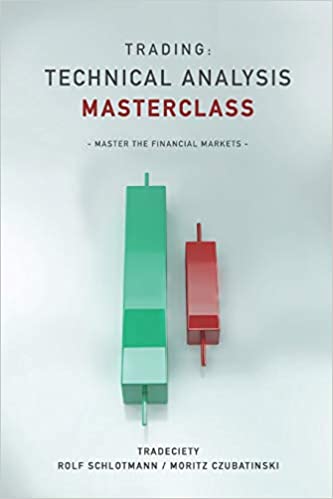How to Read a Forex Quote
As a general rule, each currency has a three letters symbol, which is used in Forex quotes. The first two letters identify the name of the country while the third letter identifies the name of that country’s currency. For example: AUD (Australian dollars), JPY (Japanese yen), CHF (swiss francs) and CAD (canadian dollars).
When trading currencies, the trade is always done in pairs and so when you buy one currency, another currency is simultaneously being sold.
The most commonly traded currency pairs are
- Euro and US Dollar (EUR/USD)
- US Dollar and the Japanese Yen (USD/JPY)
- US Dollar and Swiss franc (USD/CHF)
- British Pound and US Dollar (GBP/USD)
The most commonly traded currency pairs are made from the most common and actively traded currencies which are called the “Majors”.
The list of currencies below consists of the Majors
- USD (US dollars)

- EUR (European Euros)
- GBP (United Kingdom pounds)
- JPY (Japanese yen)
- AUD (Australian dollars)
- CHF (Swiss francs)
- CAD (Canadian dollars)
When quoting currency pairs, the first currency is referred to as the Base currency while the second referred to as the Counter or Quote currency. The currency pair is used to represent how much Quote currency is required to exchange for the base currency. In a direct quote, the quote currency is the foreign currency.
Example: EUR/USD 1.3500 mean that one Euro is traded for 1.35 USD. As such the Base currency is always equal to 1 monetary unit of exchange. The dominant base currencies are, in order of frequency, the EUR, GBP, and USD. When a currency is quoted against the US Dollar it is called a direct rate. Any currency pair that does not trade against the US Dollar is referred to as a cross rate.
So what takes place once a trade is taking place?
Example: you buy British Pounds with th e US Dollars – (GBP/USD), anticipating, the Pound to increase in value relative to the Dollar. If the Pound rises relative to the Dollar, you sell the position (you Sell British Pound) and have made a profit.
e US Dollars – (GBP/USD), anticipating, the Pound to increase in value relative to the Dollar. If the Pound rises relative to the Dollar, you sell the position (you Sell British Pound) and have made a profit.
Keep in mind that there are no standard cross-currency Quotes. Some have the base currency on the top while others have it on the bottom. So how can you tell which is which? You need to know at least one pair of currencies and which one of the pair is the more valuable.
Dominant Base Currencies
- Euro – EUR/USD, EUR/GBP, EUR/CHF, EUR/JPY, EUR/CAD
- British Pound – GBP/USD, GBP/CHF, GBP/JPY, GBP/CAD
- US Dollar – USD/CAD, USD/JPY, USD/CHF
Recent Posts
- How to Trade Supply and Demand Zones in Forex Using SMC Strategy
- Binary Trading vs Forex: Gambling or Real Business?
- Professional Copy Trading Service Using Real Money Accounts
- Why You Should Avoid Sell Entries in Gold Trading
- Safe Gold Trading Strategy for XM Micro Accounts (Up to 12 Entries)
- What is a Cent Account?
- Smart Money Concepts: Mastering Mitigation Blocks, Breaker Blocks & QML
- Understanding ICT Reclaimed Order Blocks: How Institutions Control Market Moves
- How to Trade Consolidations in Forex and Other Markets
- How to Identify Real Forex Traders vs Fake Screenshot Gurus
Archives
- December 2025 (6)
- November 2025 (15)
- October 2025 (8)
- May 2025 (3)
- April 2025 (3)
- March 2025 (1)
- December 2024 (1)
- November 2024 (2)
- October 2024 (16)
- September 2024 (28)
- August 2024 (66)
- July 2024 (19)
- February 2024 (1)
- November 2023 (1)
- October 2023 (17)
- September 2023 (6)
- August 2023 (5)
- March 2023 (1)
- September 2022 (6)
- August 2022 (16)
- July 2022 (5)
- June 2022 (4)
- May 2022 (17)
- April 2022 (13)
- March 2022 (12)
- February 2022 (17)
- January 2022 (5)
- December 2021 (1)
- November 2021 (9)
- October 2021 (4)
- September 2021 (14)
- January 2021 (12)
- December 2020 (55)
- November 2020 (98)
